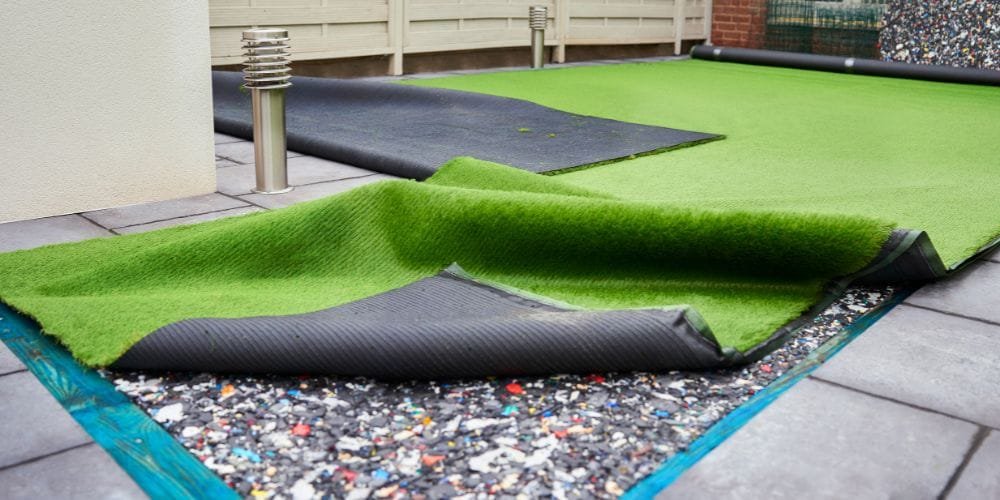Sewer backflow can be a real nightmare for homeowners. Imagine a sudden surge of wastewater invading your clean space. It’s messy, disgusting, and downright dangerous. Luckily, by installing a sewer backflow preventer, you can keep your home safe from this stinky situation.
What is a Sewer Backflow Preventer?
Before we jump into the installation, let’s understand what a sewer backflow preventer (BFP) is. Think of it as a one-way street for wastewater. It only lets waste flow in one direction—away from your home. If the sewer line backs up, the preventer blocks that nasty stuff from coming back into your house.
Why You Need One
Not convinced you need a BFP? Consider this: homes in areas with heavy rain or poor drainage are at a higher risk of backflow. In those moments when Mother Nature decides to unleash her fury, having a BFP can save you from a whole lot of headaches and repair costs.
Tools and Materials You’ll Need
Before you get started, gather some tools and materials. Here’s your checklist:
- Sewer backflow preventer
- Pipe wrench
- Plumber’s tape
- Screwdriver
- Level
- PVC pipe, if needed
- Safety goggles and gloves
Having everything on hand will help speed up the process and keep it smooth.
Step-by-Step Installation Guide
1. Turn off the Water Supply
Safety first! Before you do anything else, turn off the main water supply. This prevents any unfortunate spills while you work.
2. Locate the Sewer Line
Find the main sewer line that runs out from your home. This is usually a horizontal pipe that connects to the city sewer system. Mark the area where you will install the BFP.
3. Cut the Sewer Pipe
Using a pipe cutter, carefully cut out a section of the sewer pipe. Make sure it’s a clean cut—like slicing through butter. The section you remove should be long enough to fit the BFP.
4. Install the Backflow Preventer
Take your sewer backflow preventer and slide it into the position where the pipe was cut. Be sure that the arrows on the preventer line up with the direction of flow. It should fit snugly, like a key in a lock.
5. Secure and Seal the Connections
Use the plumber’s tape on the threaded joints before tightening with a wrench. Make sure everything is secure to avoid leaks. Double-check each connection; you don’t want any surprises later.
6. Test the Installation
After everything’s assembled, it’s time for a test run. Turn the water supply back on and check for leaks. Watch how the backflow preventer does its job—if it works, you’ll see no water flowing back toward your home!
Maintain Your Backflow Preventer
Once you’ve got your sewer backflow preventer in place, it’s crucial to keep it in good shape. Periodically check for clogs or debris. A clean backflow preventer will always function better. It’s like brushing your teeth—regular maintenance goes a long way.
Conclusion
Installing a sewer backflow preventer is an excellent project that holds the potential to save you from serious headaches down the line. With a few simple tools and a little effort, you can take control of your home’s plumbing system. Don’t let backflow ruin your day—act now and keep your living space clean and safe!If you ever need expert help with your landscaping or plumbing needs, Blades of Glory Landscaping Service LLC is here to assist. Our team offers professional services to ensure your home remains safe, beautiful and well-maintained. Let us handle the hard work, so you can enjoy peace of mind.






